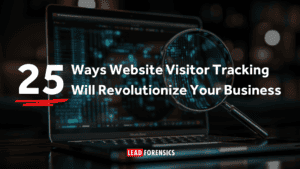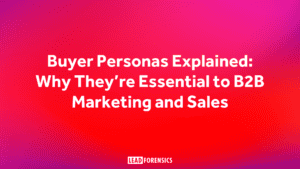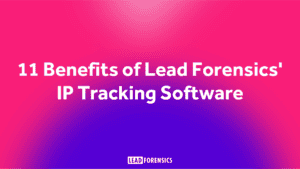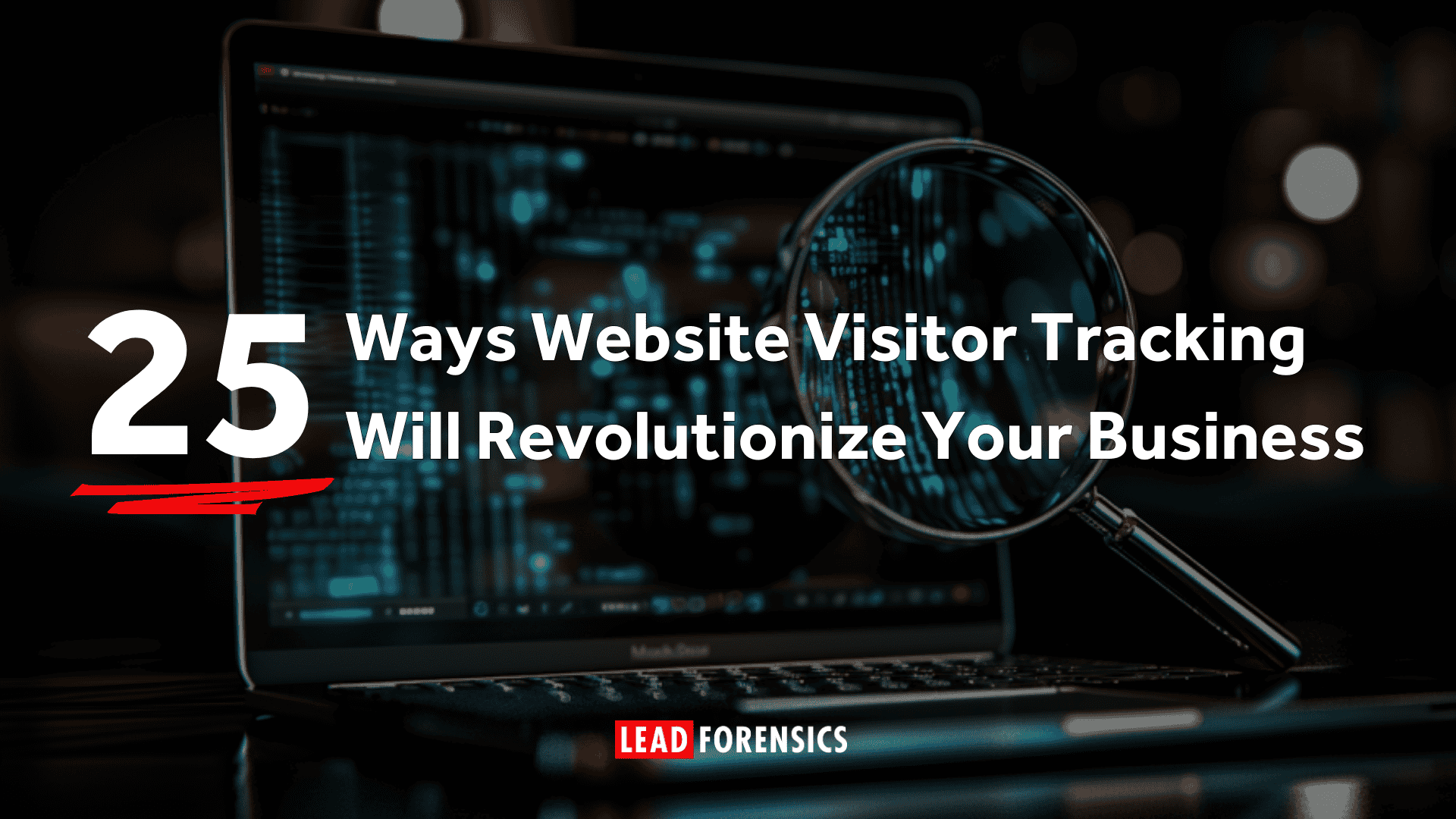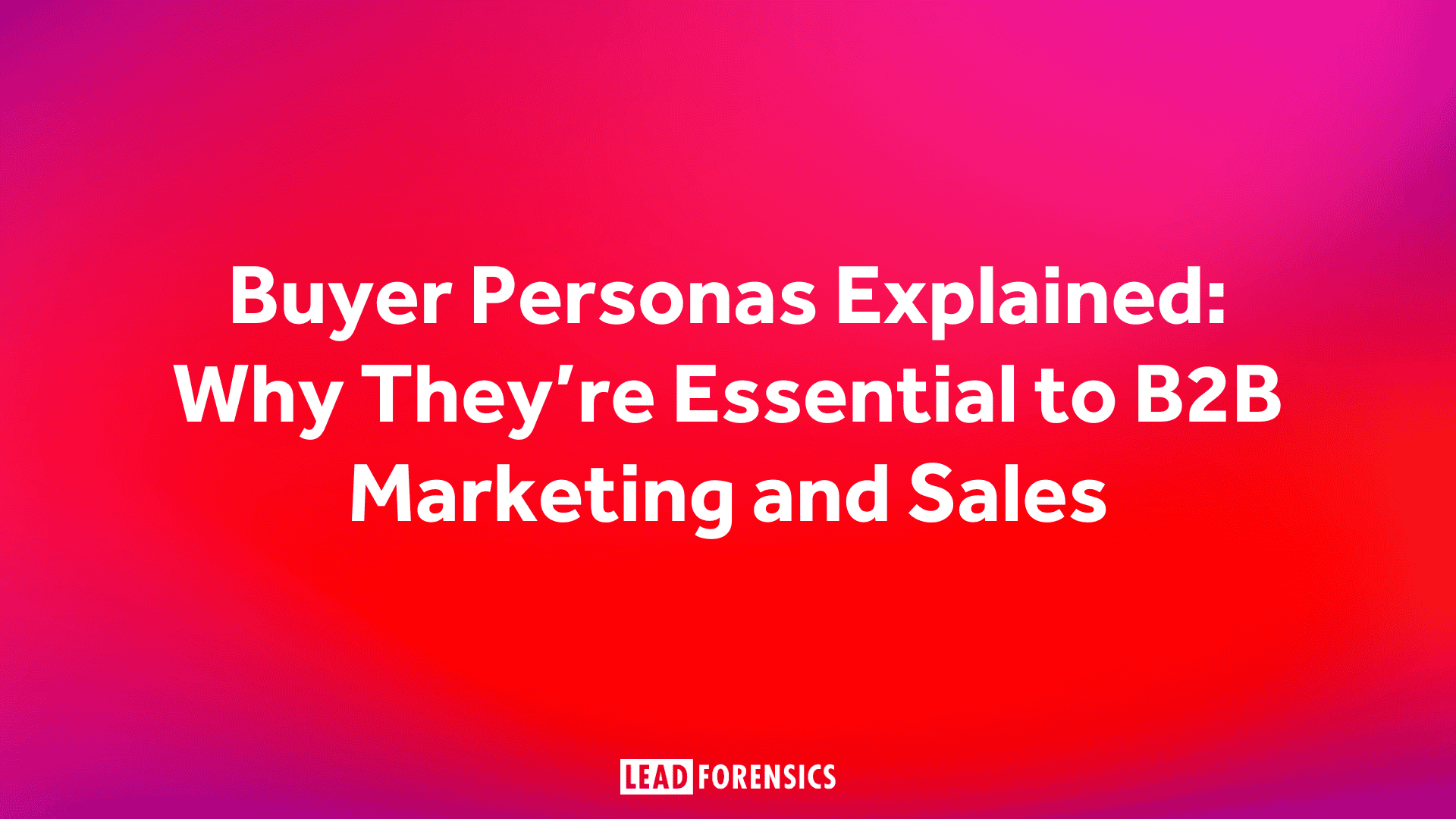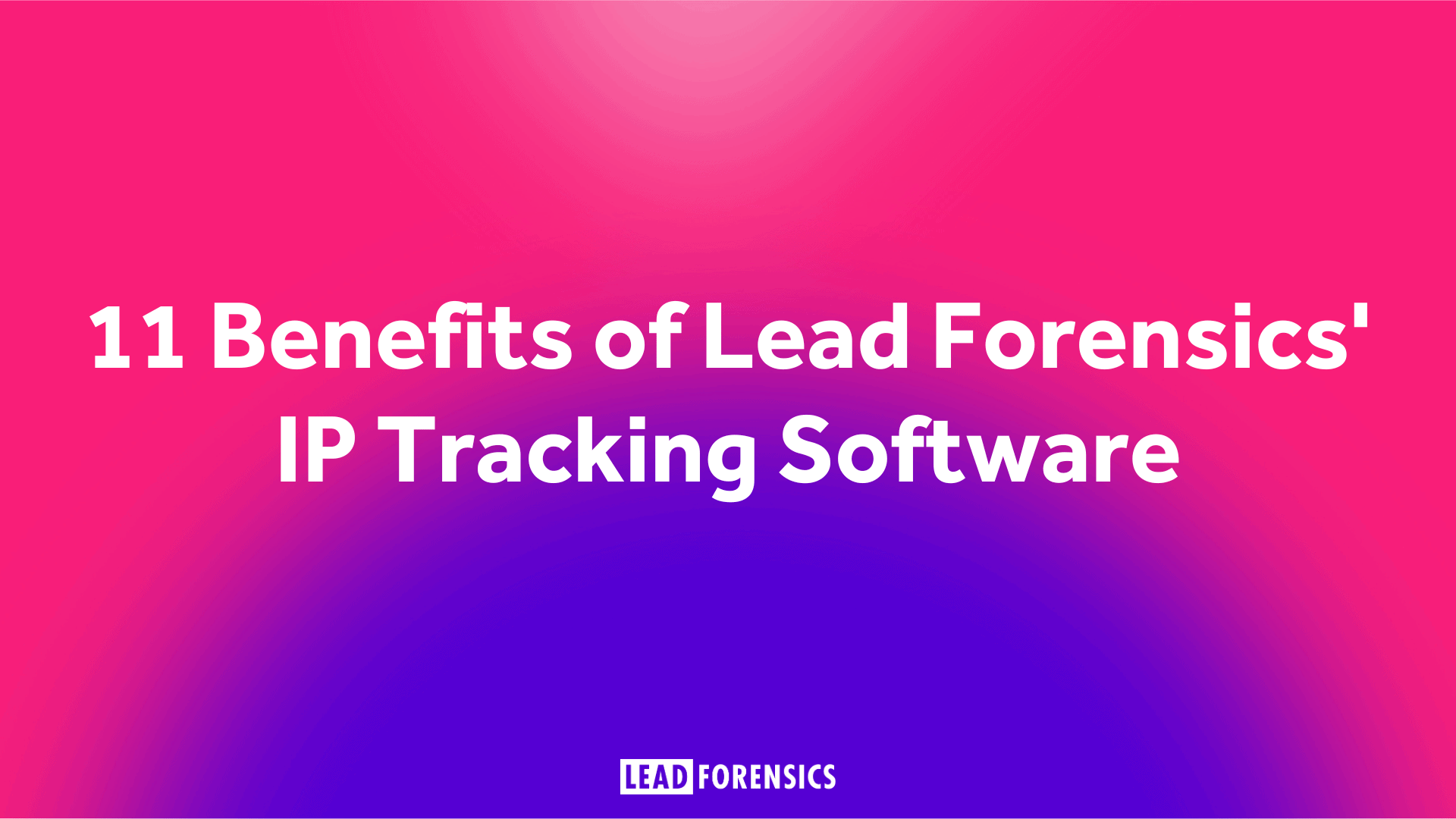Investing in any new channel is always going to contain risks. If you aren’t accurately forecasting and tracking performance throughout the campaign funnel, you won’t pick up the early warning signs when a campaign is about to fail.
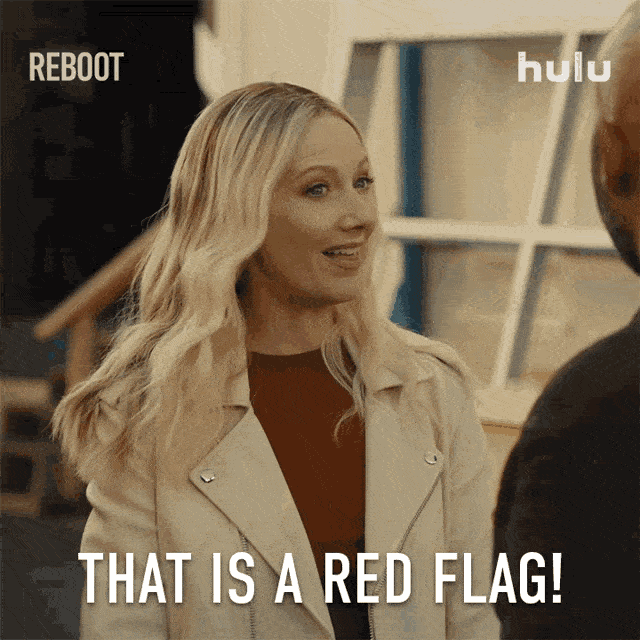
Avoid damaging your digital marketing ROI by understanding the three warning signs of a failing online campaign…
Warning Sign 1: No Impressions…and leftover budget (surely a good thing?)
Are you frustrated that your campaigns aren’t getting enough impressions despite having a set budget and bids? It’s time to analyse your campaign targeting strategy.
One common issue could be that you’re being too targeted with your campaigns. Targeting is a vital aspect of online campaigns as it ensures your message reaches the right audience. However, it’s essential to find a balance between being specific enough to reach your target audience and being too niche with your targeting. With over 1.39 billion active users on Facebook alone, it’s easy to get lost in a sea of competition.
To create an engaging campaign that resonates with your audience, it’s crucial to understand which marketing channels are most effective for your specific audience. Keep in mind that marketing to businesses is vastly different from marketing to individual consumers. Therefore, you need to adopt a marketing method that aligns with your audience’s preferences.
Start by understanding the buyer’s journey, which is divided into three stages:
Awareness Stage: The prospect has become aware of a problem and begins educating themselves.
Consideration Stage: The prospect researches solutions for their new problem.
Decision Stage: The prospect is ready to make a purchase or formally begin a buying process.
After understanding the buyer’s journey, take this opportunity to create a customer journey map to see the buyer’s journey that shows how your brand interacts with prospects during each phase. When you have that information, you can understand which marketing strategies will be most effective at each stage.
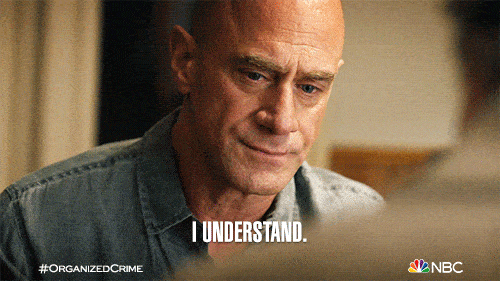
More specifically it is a crucial factor to consider who you’re marketing to. The best campaign targeting is highly specific, but not too niche. You can use your current customer data to identify common demographics such as age ranges, locations, and job titles to apply to your targeting. This will help you make your targeting highly specific without limiting your reach. Remember, you’re paying for campaign clicks, so make sure they’re the most likely to convert to sales.
Make sure to keep track of your progress and make any necessary adjustments to achieve your campaign goals. Don’t be afraid to make changes along the way and pivot your strategy if needed to optimize your results. Remember, the most successful campaigns are those that are constantly evaluated and refined to ensure they’re meeting their objectives.
Warning Sign 2: LOADS of impressions…but no clicks
If your campaigns aren’t driving clicks, then It may be time to reassess your targeting options and campaign messaging. Balancing targeting filters is crucial for success. Too few filters and you’ll pay excessively for non-converting clicks, while too many filters result in too few ad impressions and no lead generation.

To drive clicks, start by evaluating your campaign messaging. If it doesn’t resonate with your target audience, you won’t see positive ROI. The solution? Conduct A/B testing of your landing pages and campaign messaging to figure out which elements are most effective and bring them together for maximum impact. This will help you determine what messaging resonates with your audience and craft campaigns that drive clicks.
Selecting the right platforms is also crucial. Tailor your campaign messaging for the right channel to increase your chances of driving clicks and generating leads. Use A/B testing to figure out which platforms would be best fitting for you.
If you found that search engines are where you’ll get most of your prospects, then you have to make your campaign stand out in this crowded field. With your market strategy in mind, make sure it clearly solves the issue your prospect is dealing with. Your campaign messaging should address their pain points and offer solutions that will drive clicks and generate leads.
Remember, it takes less than 5 seconds for a customer to decide to visit your website. So, ask yourself what makes your company stand out against others and why should they come to you. Portray this in a way that resonates with the customer and captures their attention in a simple but effective way.
You may find that social media may be the way for you to generate customers. Social media is a great way to connect with leads and enhance the sales process. But, it’s important to get your message right for each channel. A/B test your campaign messaging and tailor it for each platform’s usage throughout the buying process. Platforms like Facebook, LinkedIn, and Twitter offer a forum to showcase your products and share interactive content. Social media provides valuable intel, including feedback from customers and prospects that can inform your marketing strategies.

With the right targeting and messaging strategies, your campaigns can drive clicks, conversions, and positive ROI. Take the time to evaluate your options and craft campaigns that resonate with your audience to achieve success in your digital marketing efforts.
Warning Sign 3: You’re getting the clicks, but no one is converting
So you’ve got those impressions and driven those clicks but your conversion rates are still on the floor. You’re driving traffic to a dedicated landing page, and paying the price (literally). So what can you do to fix this fast and rescue your ROI?

A/B Testing
As with any other lead generation channel, conversion rate optimization on your online campaign’s landing pages is essential if you want to grow that conversion and ultimately your ROI.
FIX: Use the in-depth campaign analytics offered by self-serve online channels to split-test multiple landing pages at once, monitor their performance and identify the best-performing pages. Keep split-testing small variations in your landing pages (such as title changes or CTA buttons) until you start to see those conversion rates increase.
Whether you’re testing social media or paid search campaigns, success is a delicate balance of accurate targeting, relevant messaging, and continued conversion rate optimization. By understanding the warning signs of a failing online marketing campaign, you’ll be well prepared to fix a leaky funnel, rescue your ROI and reach lead generation success.
In conclusion…
In the fast-paced world of online marketing, campaigns can sometimes fall short of expectations, leaving marketers puzzled and searching for answers. However, with the help of advanced analytics tools like Lead Forensics, marketers can gain valuable insights to help identify potential pitfalls and optimize their campaigns. By monitoring key metrics like where your traffic is coming from and what they’re looking at, and providing real-time data about the companies on your website, Lead Forensics offers an innovative solution for marketers seeking to enhance their campaign performance and drive better results.




